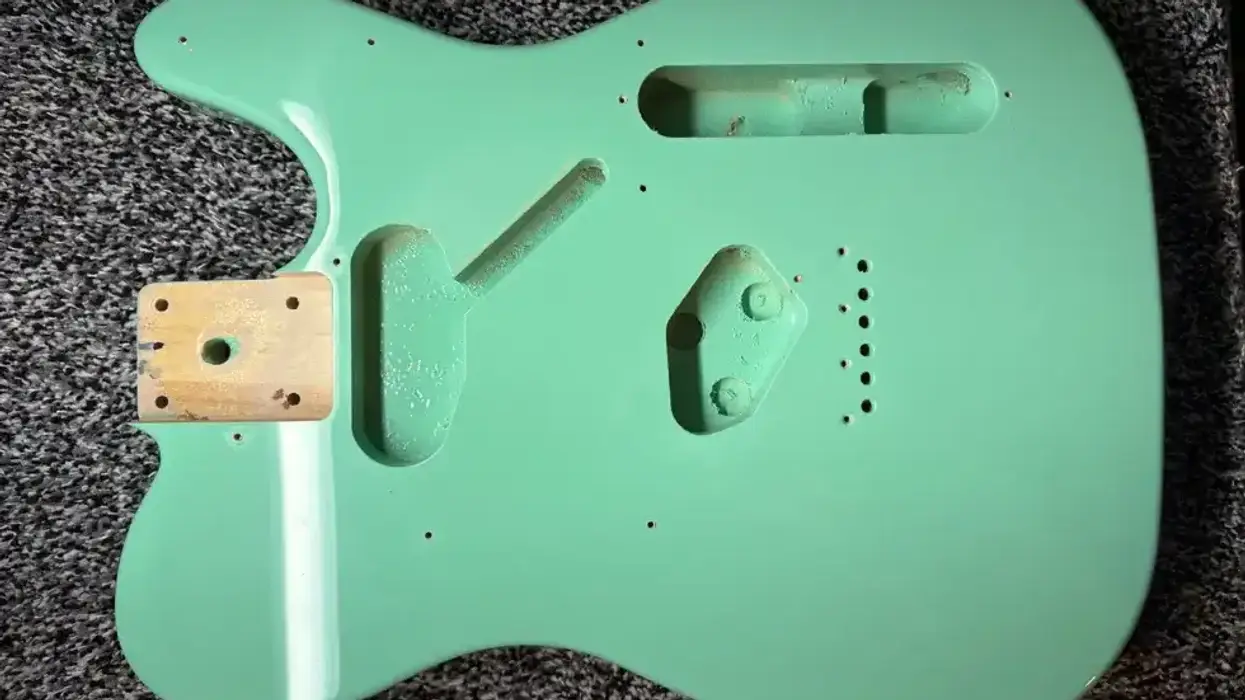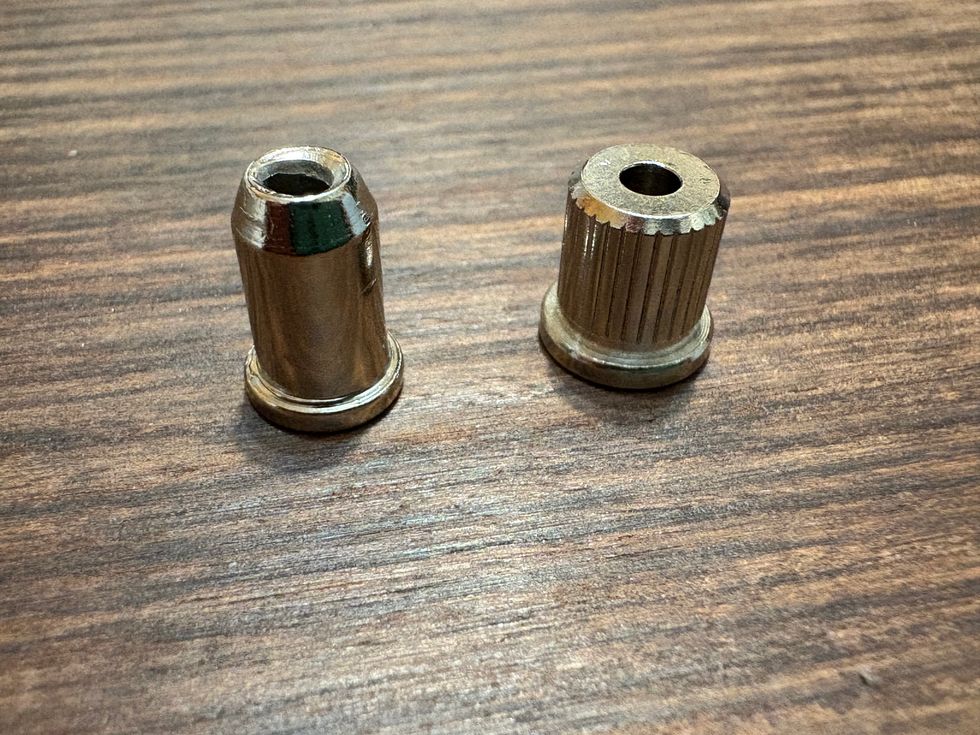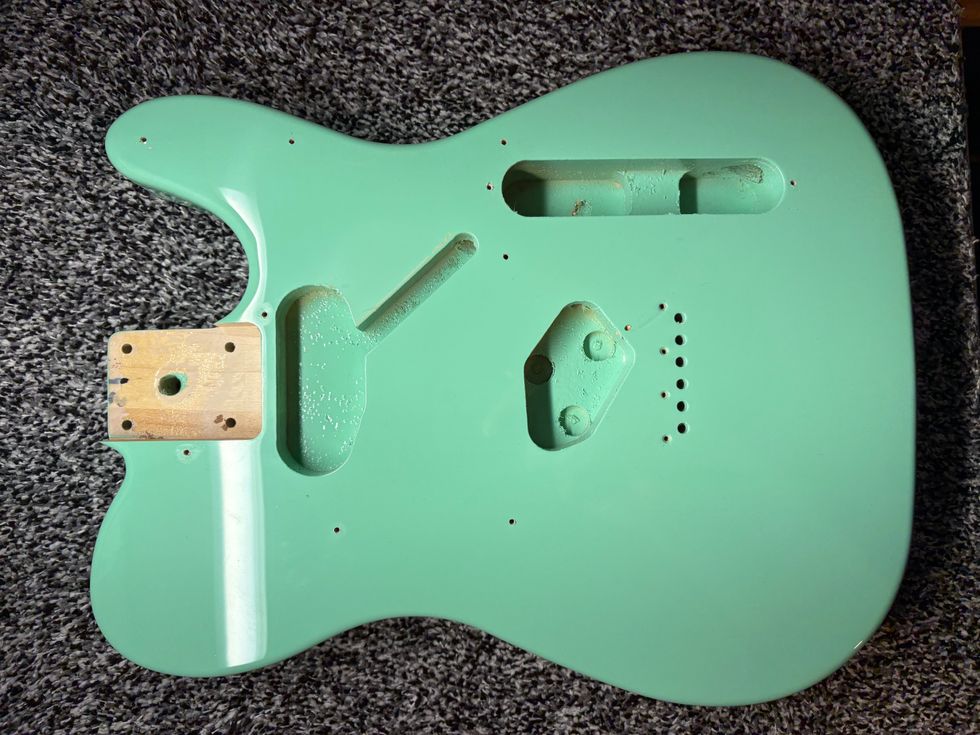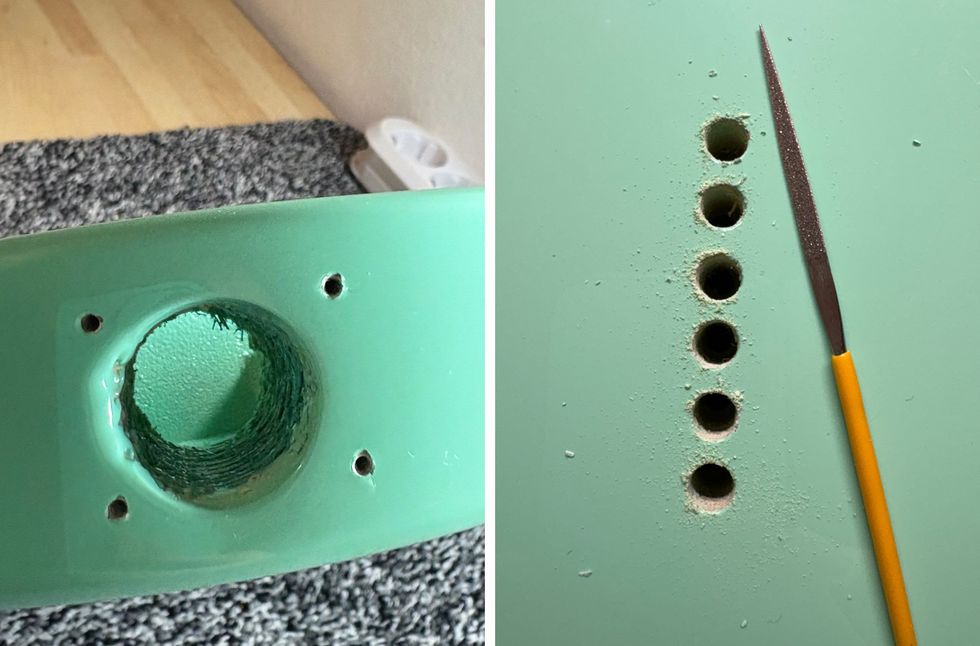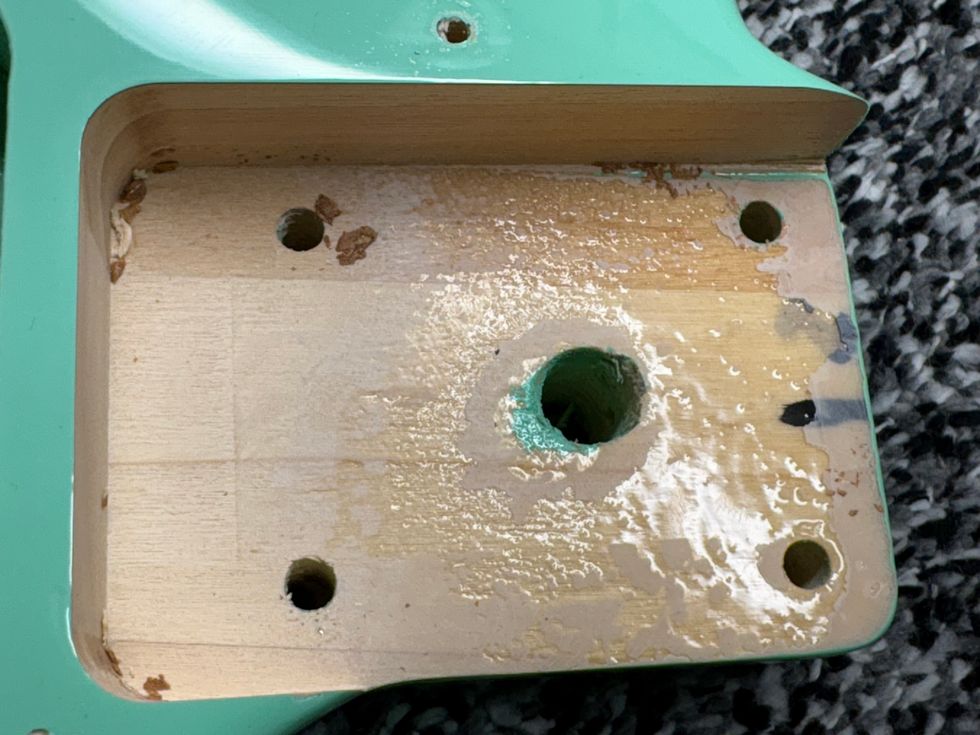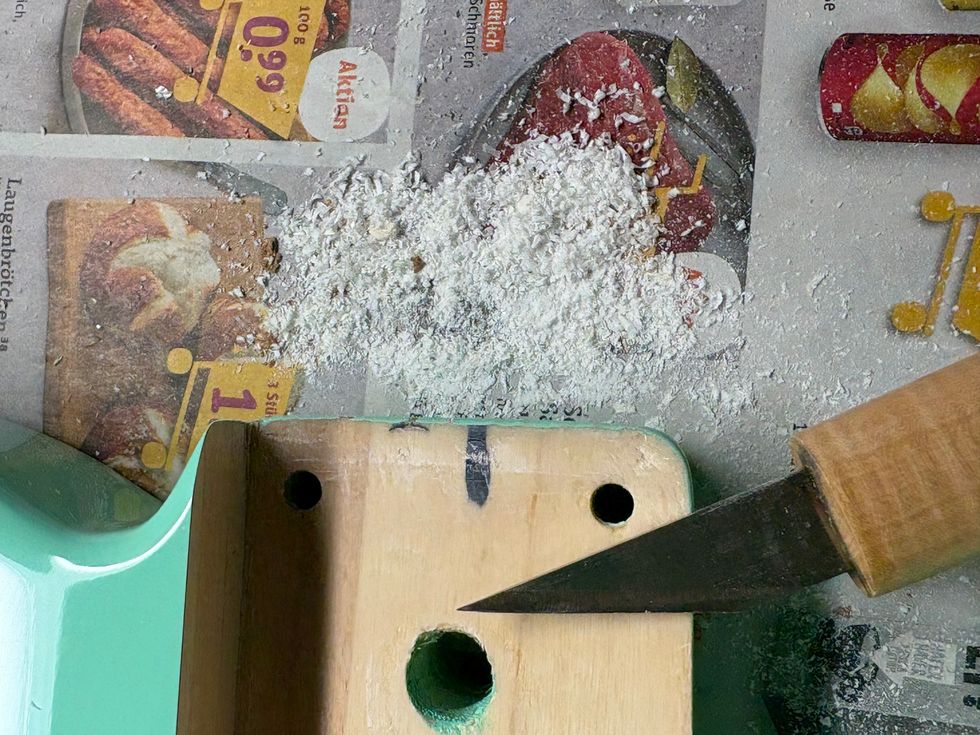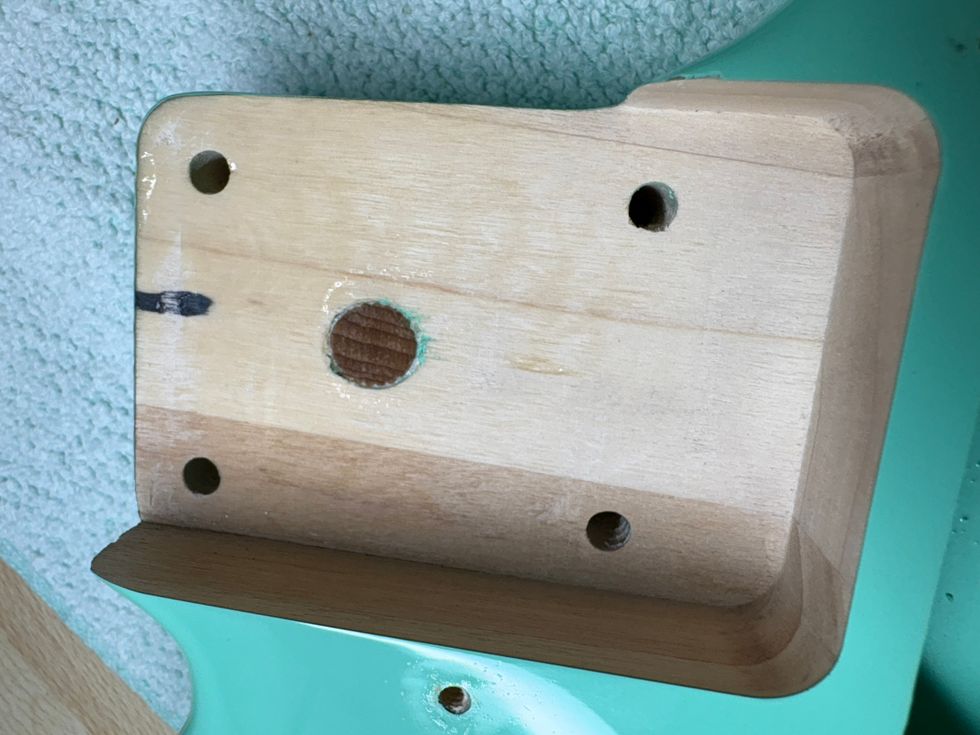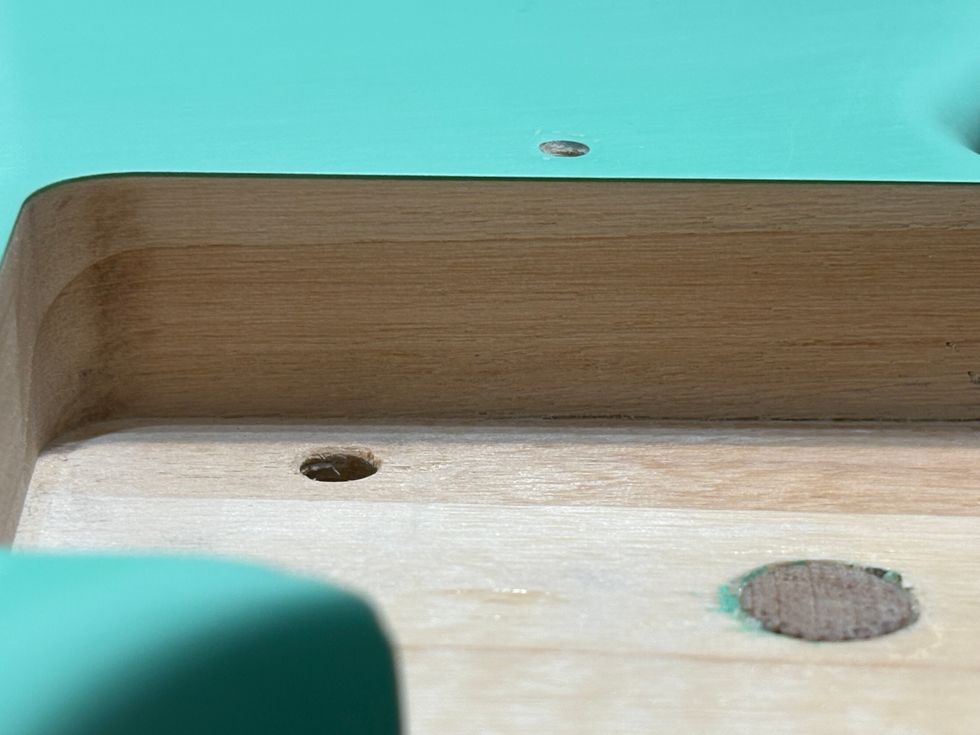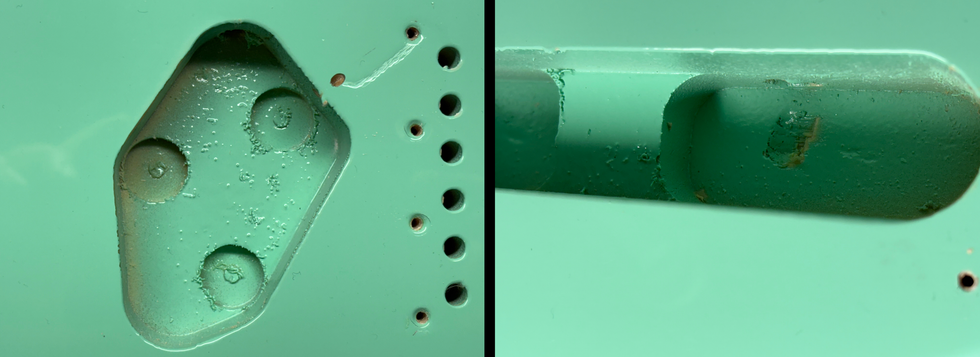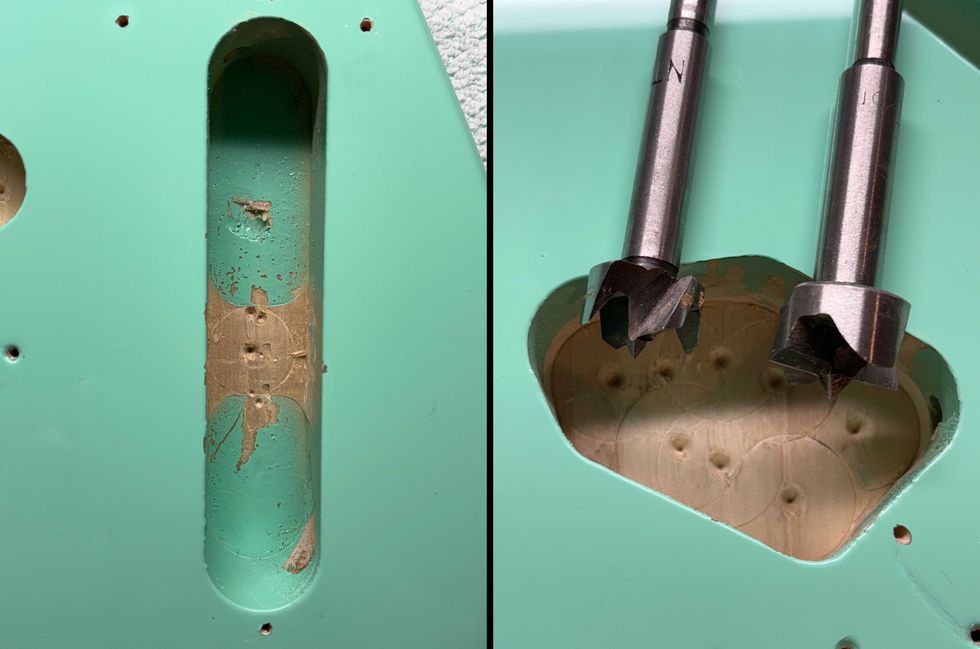We've already seen that it's easy to apply Gibson's '50s-style wiring to Tele tone pots [“'50s Les Paul Wiring in a Telecaster," January 2014]. Now it's time to go a step further: Making it switchable so you can have both the standard and the '50s wiring in one guitar. Cool, huh?
The wiring we explored previously is a real 1:1 adaption from late-'50s Gibson Les Pauls, and it requires moving some wires and the tone cap in your Telecaster. It's not a difficult mod, but on a Tele there's a much simpler way to convert it to '50s specs: by moving only one wire!
From an electronic standpoint, this second approach is absolutely identical to the one from last month, and it yields the same effect and tone. The difference is, you can keep your tone cap untouched. And there's another advantage: It offers a perfect opportunity to make this mod switchable.
It's also by far the simplest mod I can imagine: Swap one wire and you're done. Simply move the red wire in Fig. 1, and your Telecaster is converted to '50s wiring. This diagram makes it easy to see the basics of the '50s wiring scheme: Connect the tone pot to the output of the volume pot (middle lug) instead of its input.
Whether you decide to use the previous wiring or this new one is simply a matter of choice—the tone will be the same. Purists tend to use the first version because it's a faithful replica of a late-'50s Les Paul scheme. Lazy people like me swap only one wire to achieve the same effect.
Before we make this mod switchable, I need to mention that Fender never used this wiring on their instruments, and I receive many emails asking why. After all, it sounds great. The truth is, we don't know the answer, and to my knowledge no one has ever investigated this. And we can't ask someone from the early Fender days, because Leo Fender, Freddie Tavares, Forrest White, Bill Carson, George Fullerton—all the original guys—have passed away. And even if we had the chance to ask, I'm not sure anyone would remember such a specific detail.
Today we pay a lot of attention to such details, but back in the golden days of the electric guitar I'm sure no one would have cared. All classic Fender wirings were born on Leo's workbench and he was known for using a trial-and-error approach to engineering. He was also known for observing and investigating everything he had the chance to get his hands on, so I'm sure he knew how Gibson used to wire their guitars.
Back in the '50s, engineers had no Google or online databases filled with hundreds of circuit drawings. There were only a few publications available to all the companies trying to develop their own circuits. They simply used what got them close to what they wanted, and then tailored it to their needs.
Perhaps Leo didn't like the Gibson wiring or believed his solution was superior. Or maybe he didn't want to copy anything that other companies used. After all, given his early-'50s episode with Gretsch—and having to change the Broadcaster model name to the Telecaster—he might have wanted to avoid further copyright troubles. Regardless, I'm sure he was aware of this wiring and had a good reason not to use it. Today, Fender designers may simply figure, if Leo didn't use it, why change the classic Telecaster wiring?
Fig. 2. A mini toggle lets you switch between '50s and modern tone-pot wiring. The red wires tell the story. Wiring diagrams courtesy of Seymour Duncan (seymourduncan.com).
Anyway, to make this mod switchable, you need an SPDT switching device like a mini toggle switch, or a push/pull or push/push pot. You can also use a DPDT switch (the standard for push/pull and push/push pots) and use only one row of the lugs, leaving the second row untouched.
Personally, I like a mini toggle switch mounted on the control plate between the two pots. It looks great, it's easy to access, and usually there's plenty of space between the pots. But naturally, you can substitute a switchable pot. Fig. 2 shows the wiring, which is based on the same modded circuit in Fig. 1. Check it out—I think this is a great enhancement for all Telecasters.
Next time we'll begin exploring different types of Telecaster pickups—starting with bridge models—and discuss how they differ sonically. Until then, keep on modding!
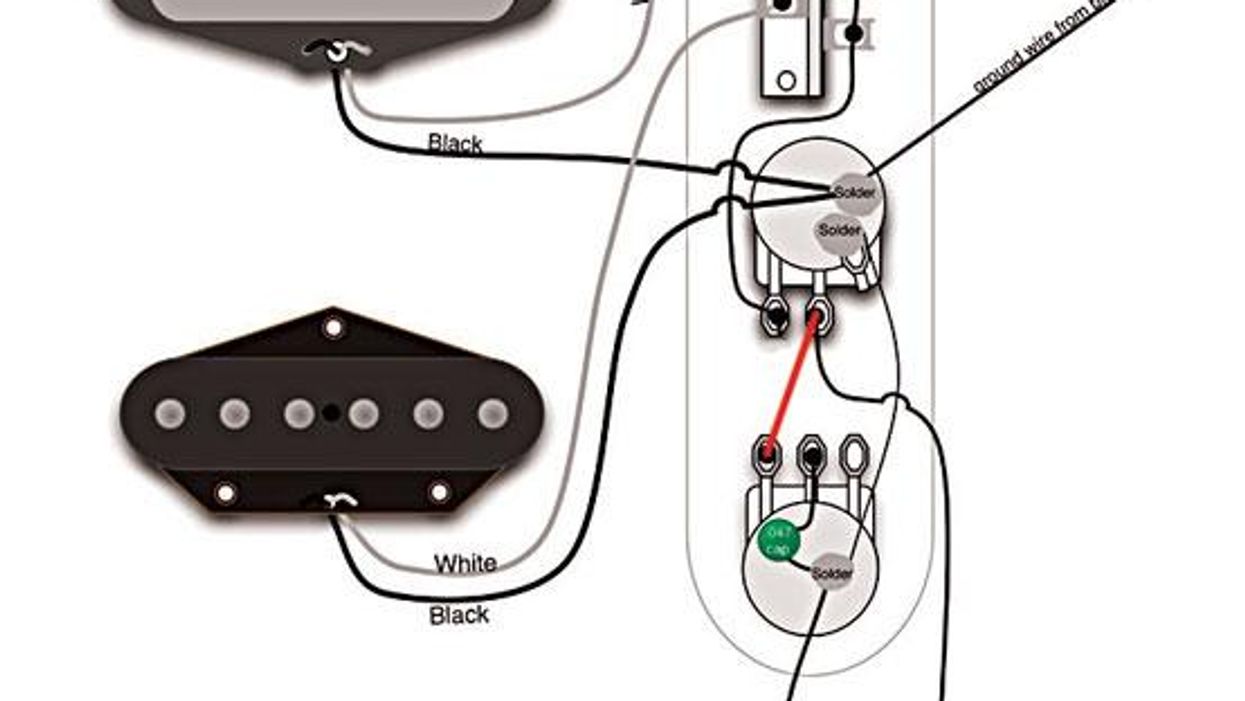

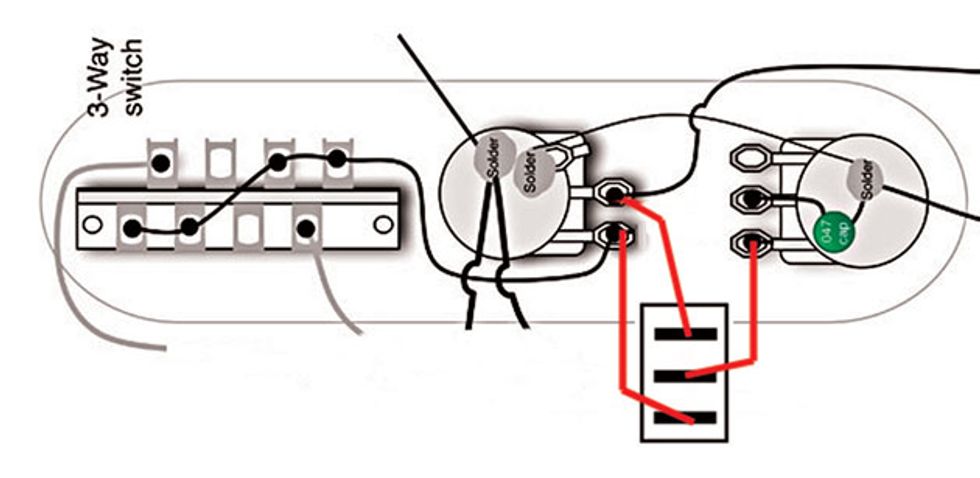
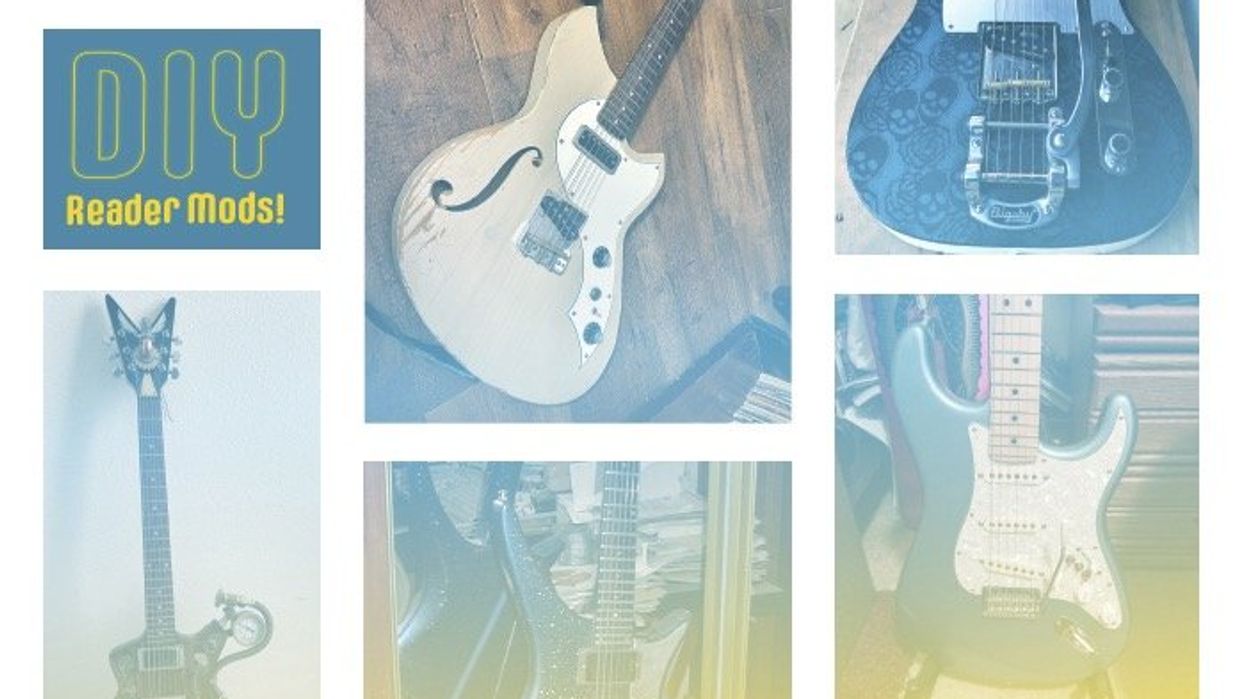
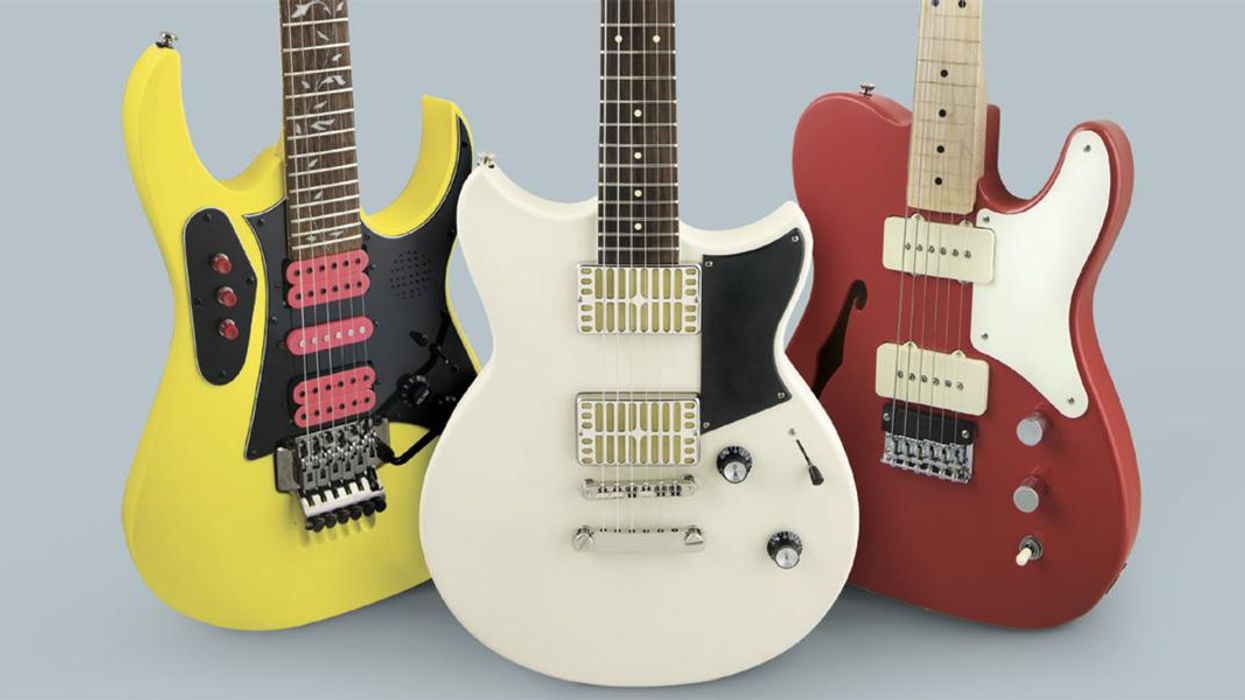
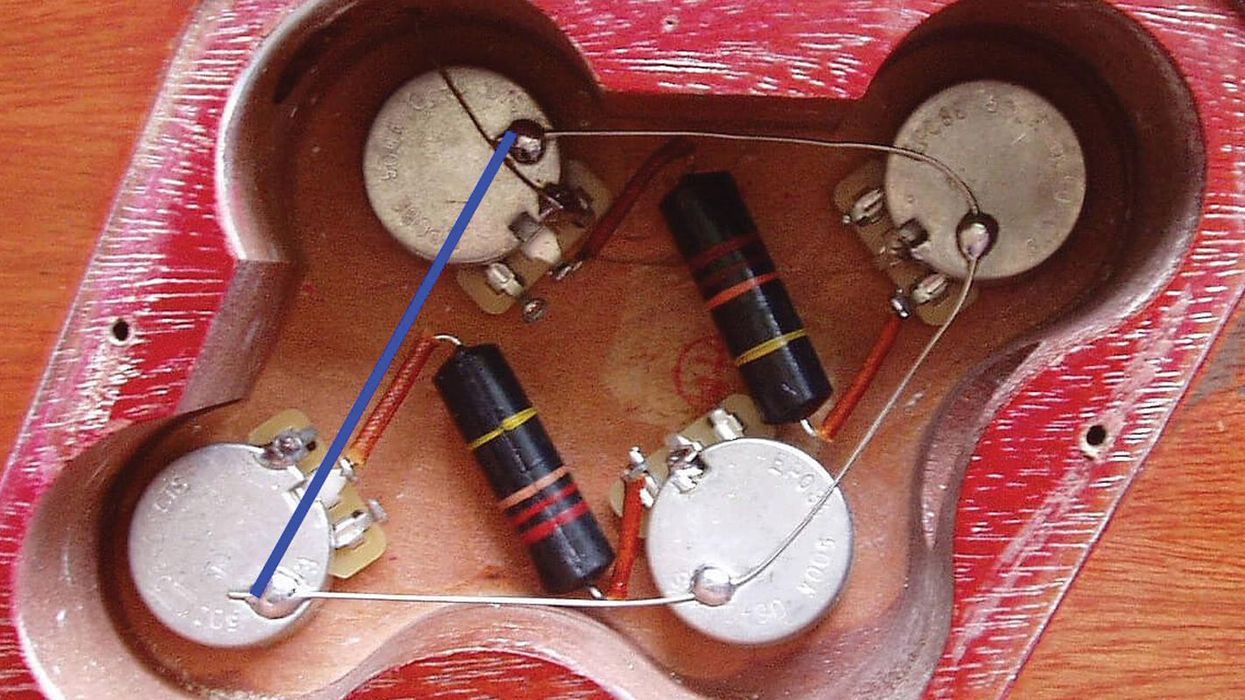
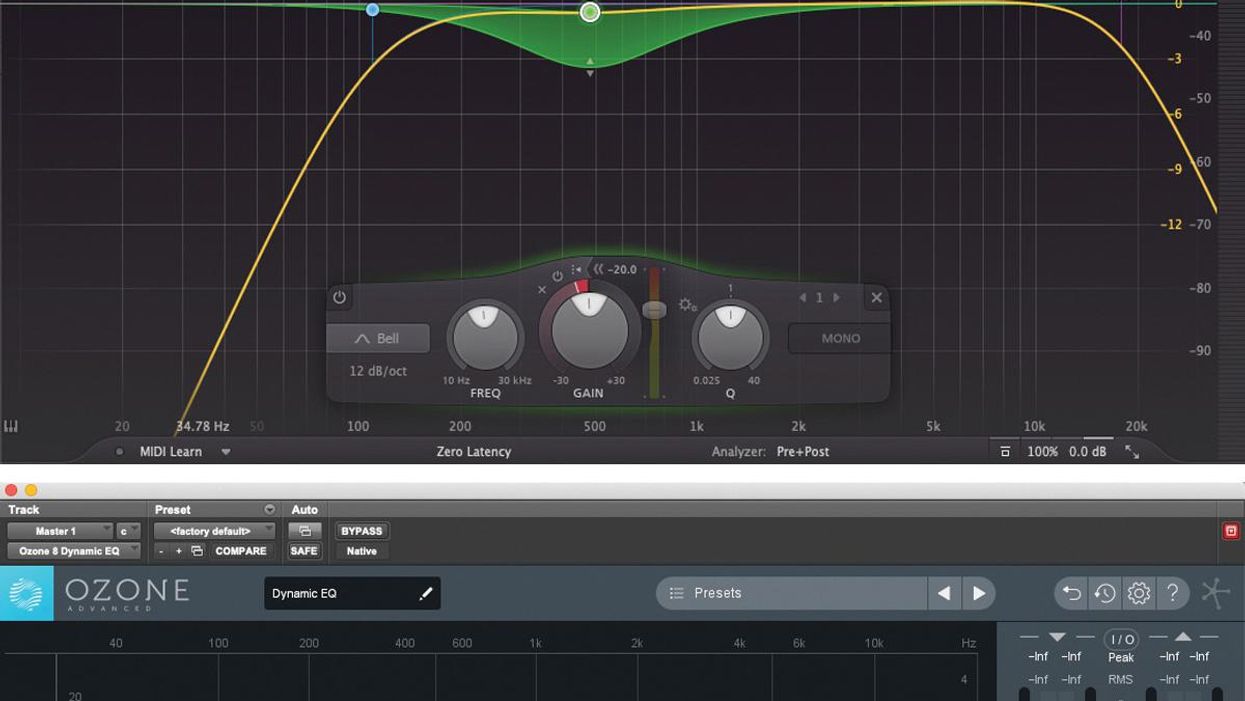

![Rig Rundown: AFI [2025]](https://www.premierguitar.com/media-library/youtube.jpg?id=62064741&width=1245&height=700&quality=70&coordinates=0%2C0%2C0%2C0)
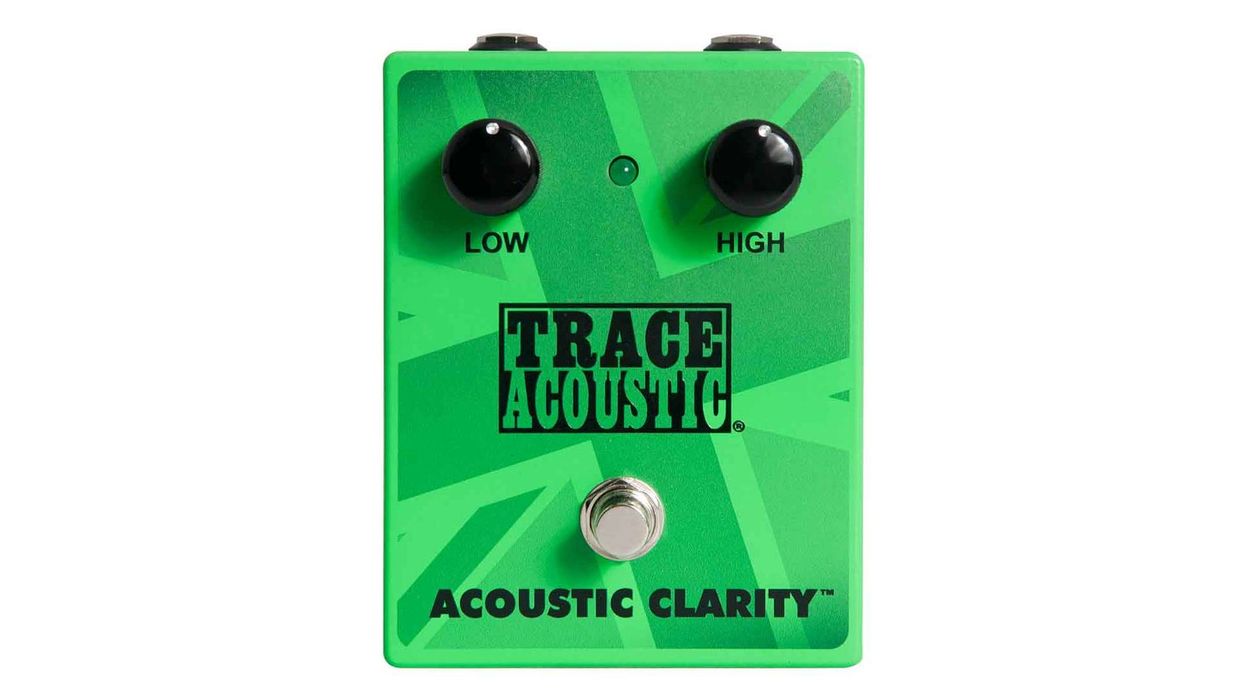




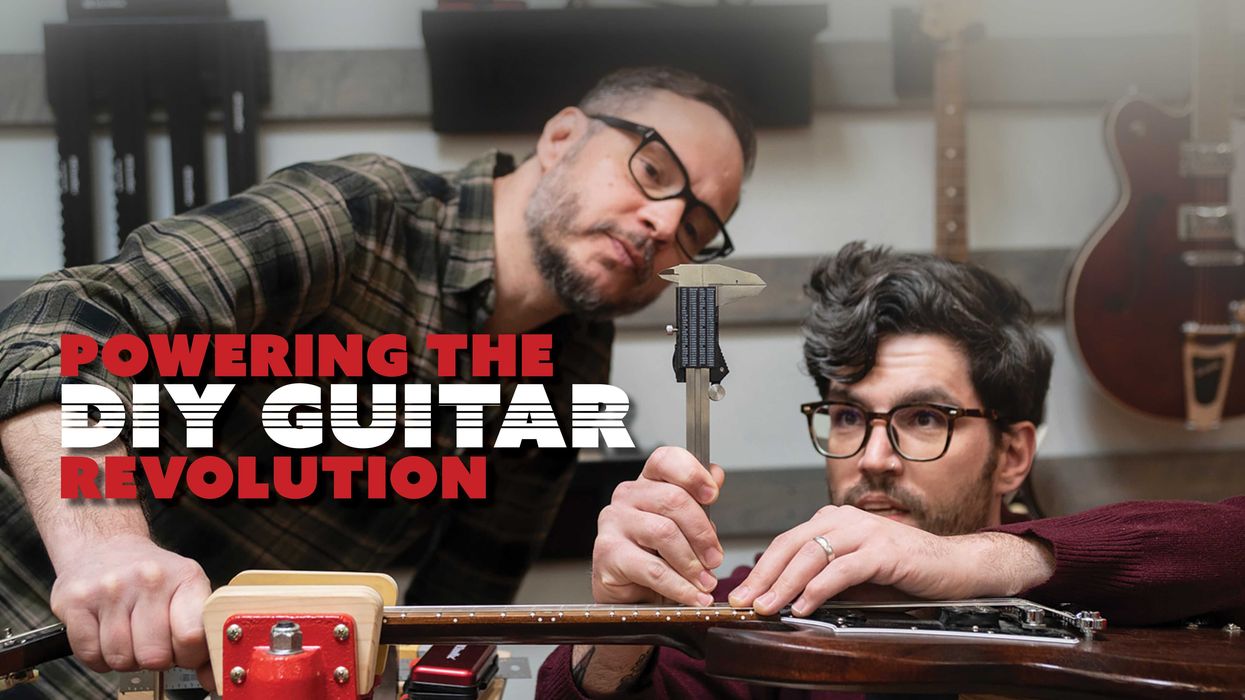
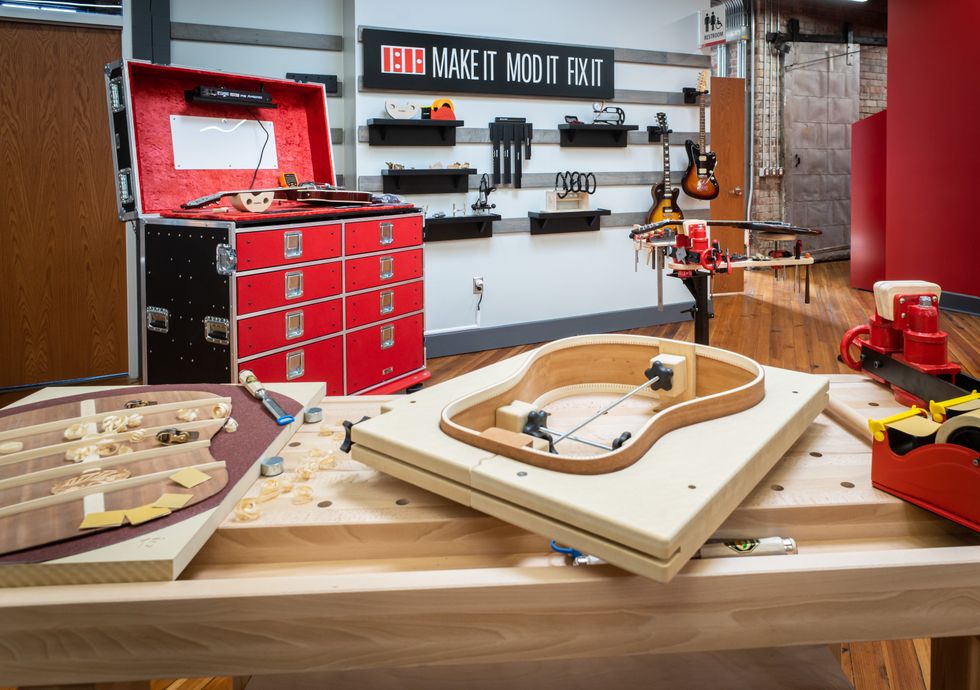

 The Allparts team at their Houston warehouse, with Dean Herman in the front row, second from right.Photo by Enrique Rodriguez
The Allparts team at their Houston warehouse, with Dean Herman in the front row, second from right.Photo by Enrique Rodriguez
